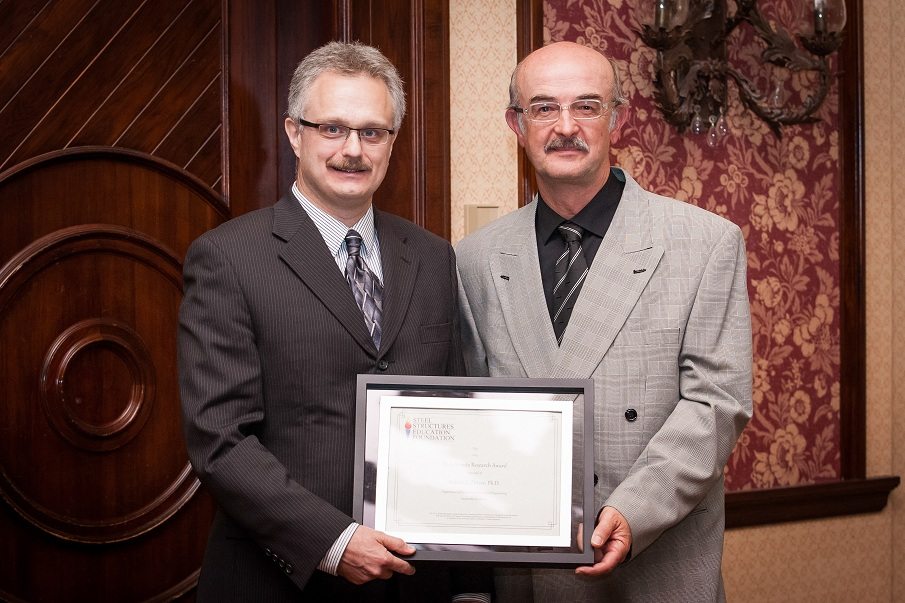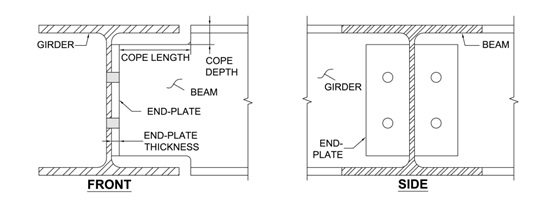2013 H.A Krentz Research Award
Dr. Robert G. Driver
Department of Civil and Environmental Engineering, University of Alberta
Solving the Mystery of Double-coped Beams
This research will examine the behaviour of double-coped beams and the potential limit states that can be encountered in the coped region under various loading conditions. Beyond addressing the lack of experimental verification of methods currently being used for designing double-coped beams for shear loading, the project also aims to develop a methodology for determining their capacity when subjected to combined shear and axial load, which is increasingly being asked of fabricators.
This project involves both experimental and analytical investigations. Experiments will be conducted on full-scale double-coped beams with end plate connections that include a variety of cope geometries, end restraint stiffnesses, and loading conditions (shear and axial force) to determine the local strengths, characterise the potential failure modes, and highlight the most critical design parameters. Finite element models of the test specimens will be developed, using the test data for validation, and parametric studies of the key parameters identified by the experimental program as being influential to the load capacity and/or failure mode will then be studied by means of numerical simulations using the validated model.
Ultimately, design provisions will be proposed that permit rational designs of economical double-coped beam connections, as well as quantify the capacity limits above which stiffening of the coped region is required.
2013 H.A. Krentz Research Award

Robert Driver is the recipient of the H.A. Krentz Award for having the top ranked research topic for the 2013 Grant Competition. He also received this award in 2006, 2007, 2008 and 2009.
In 1993 Robert Driver was the recipient of the G.J. Jackson Fellowship.
BIOGRAPHY
After a six year career as a structural engineer in industry, Dr. Robert Driver, P.Eng. earned a Ph.D. from the University of Alberta in 1996. Thereafter, he joined the faculty at Lafayette College in Easton, PA. He returned to the University of Alberta in 2000 where he is currently a professor in the Department of Civil and Environmental Engineering. His primary research interests pertain to the design and behaviour of steel structures, including topics such as bolted and welded connections, plate walls, high performance steel, rehabilitation, composite columns, and behaviour under extreme loading.


